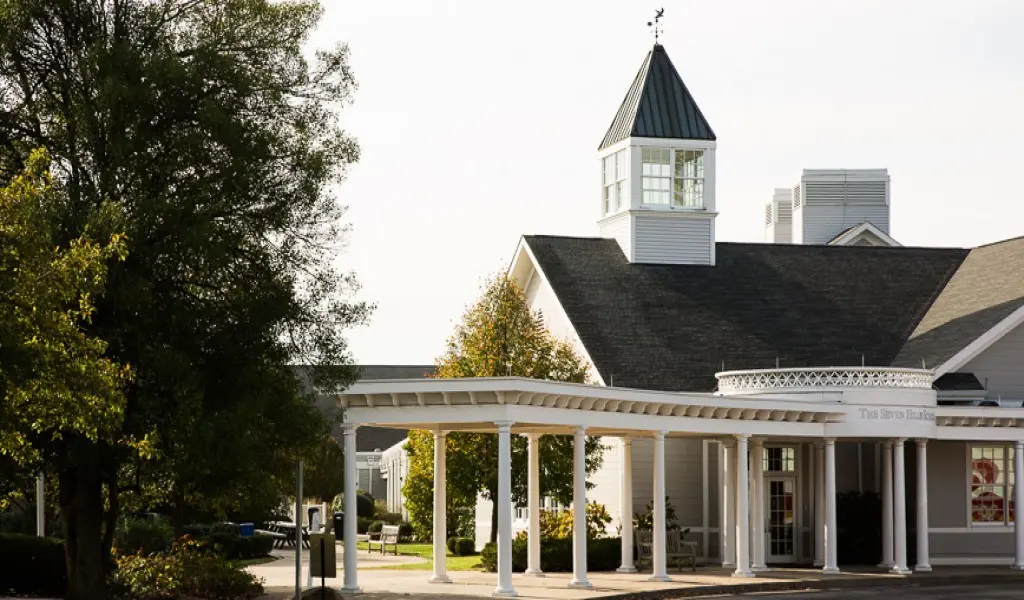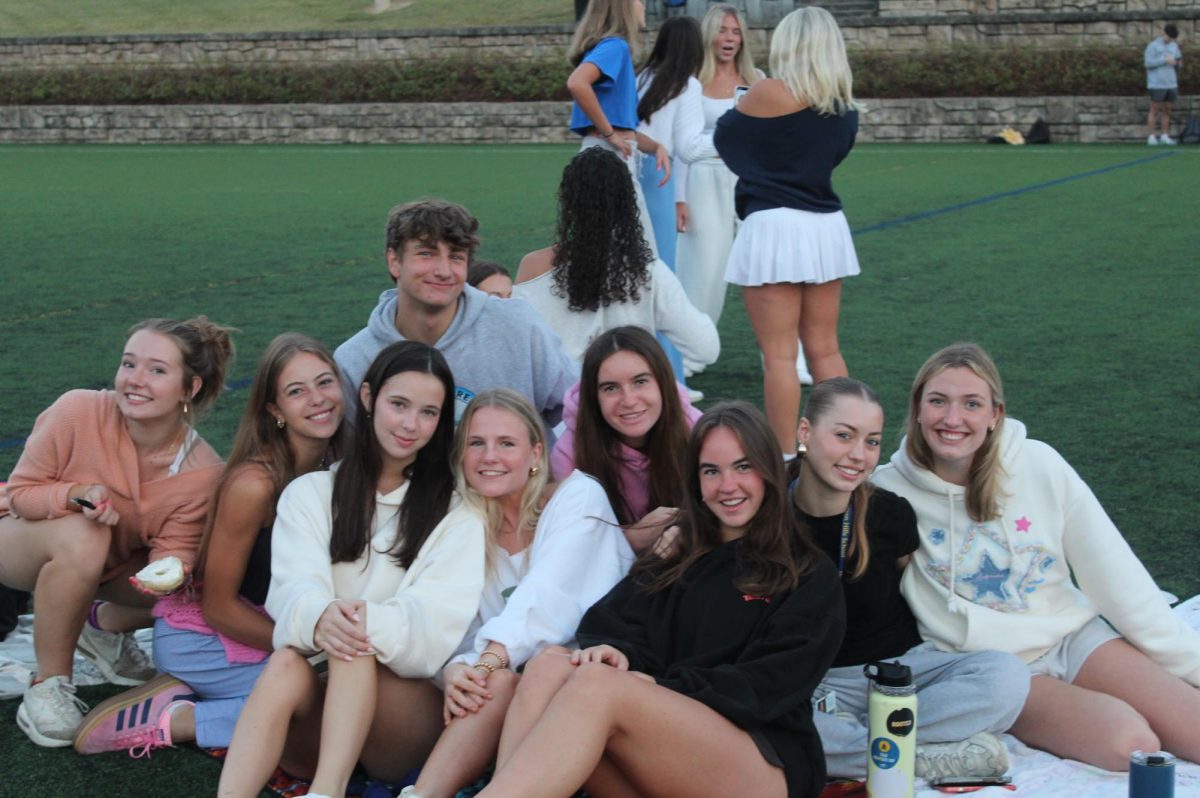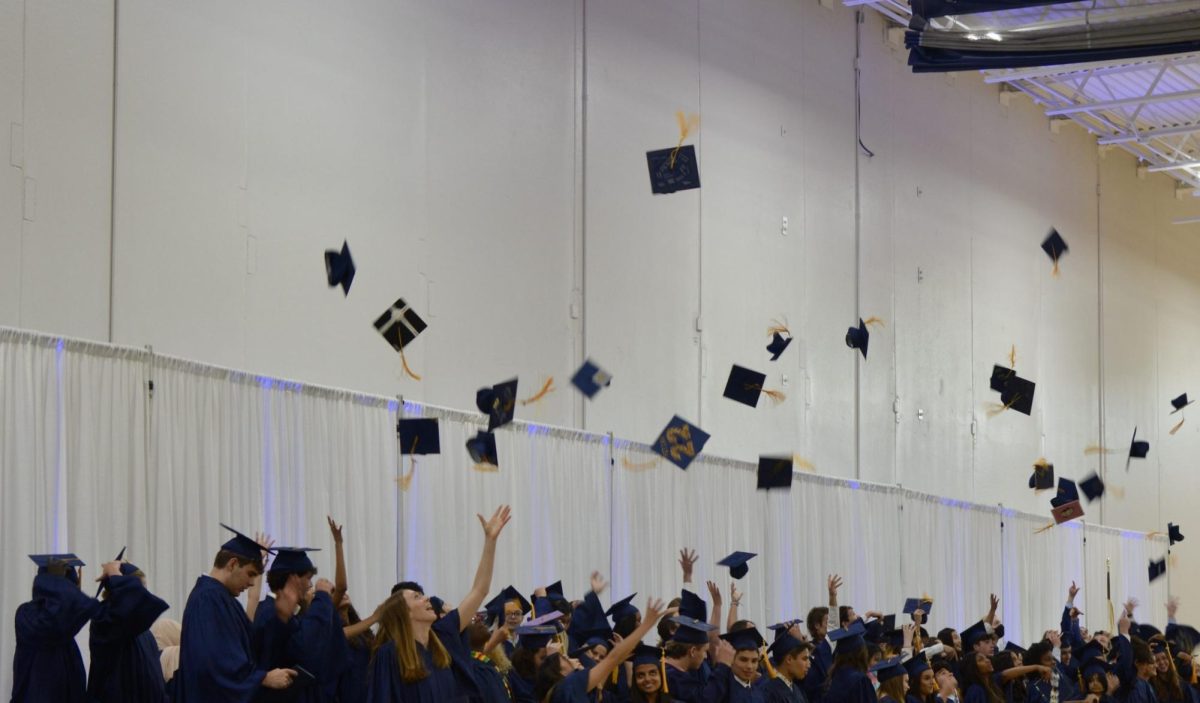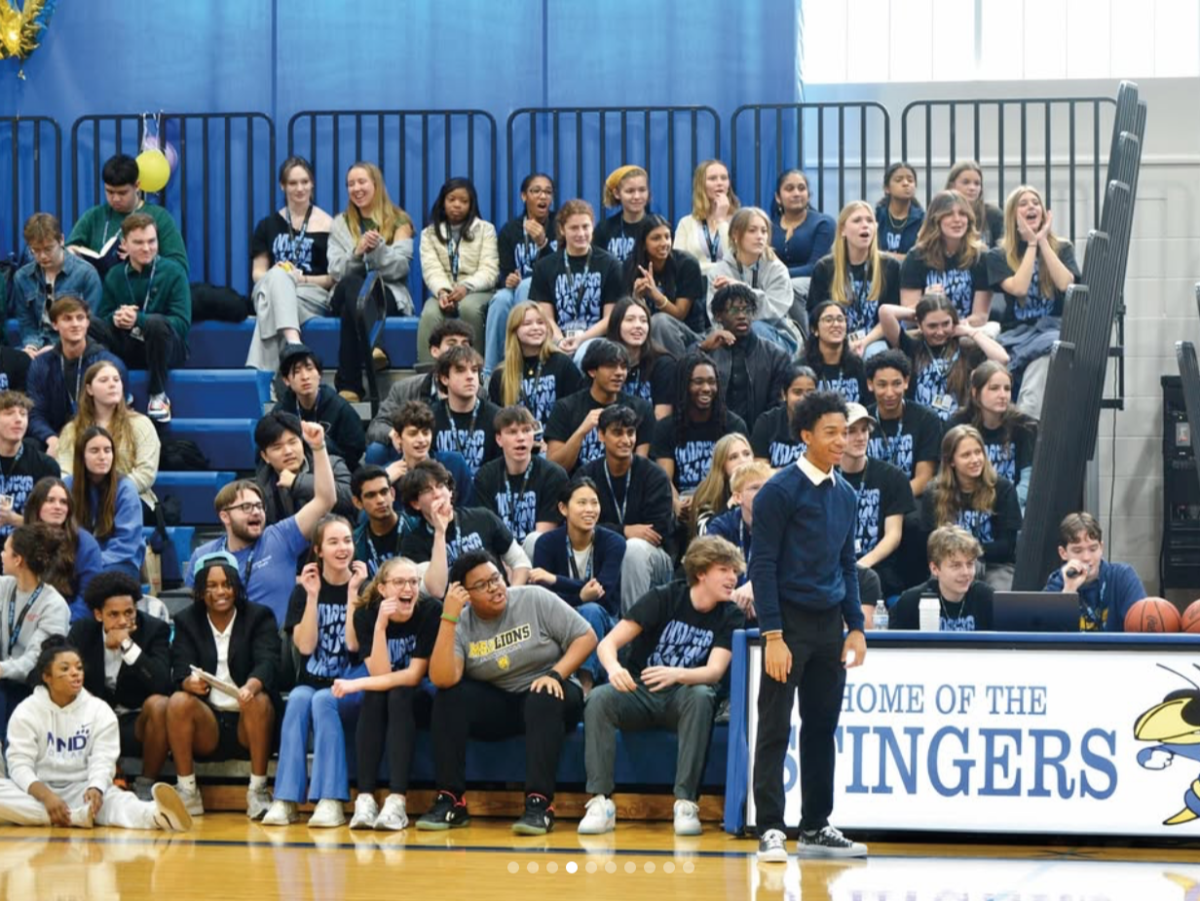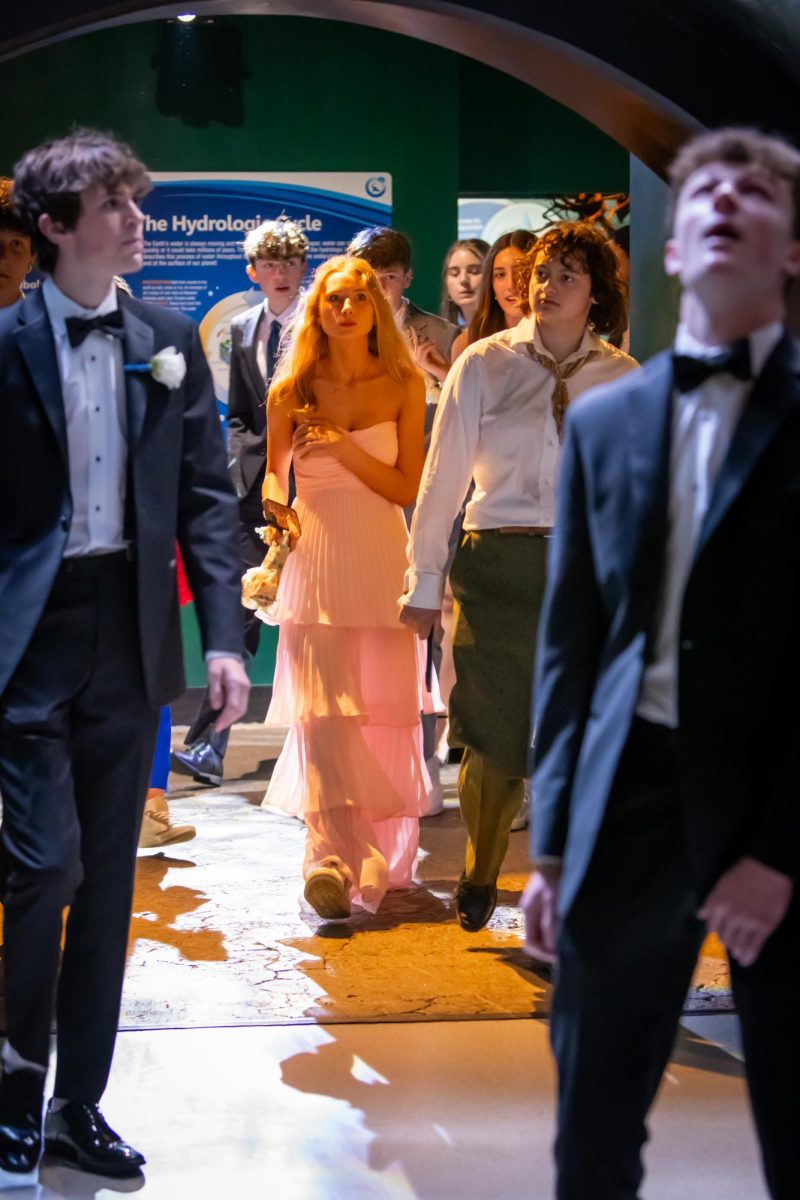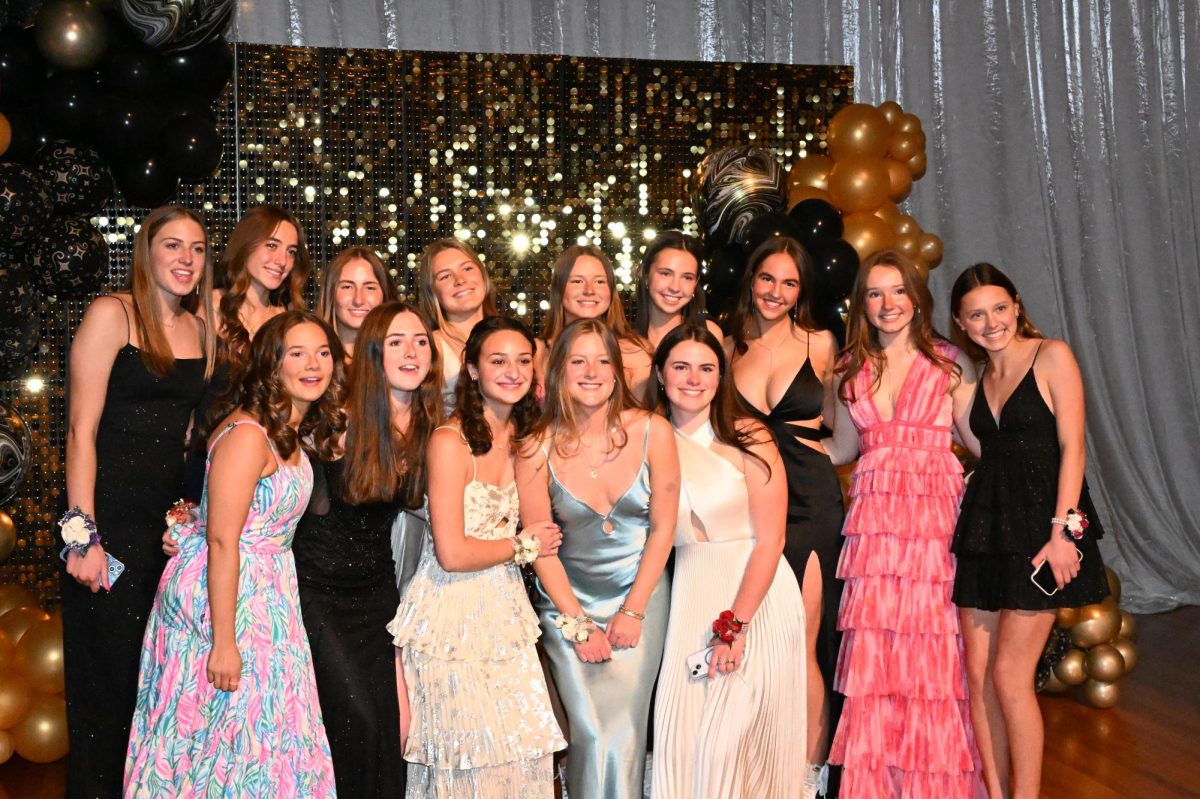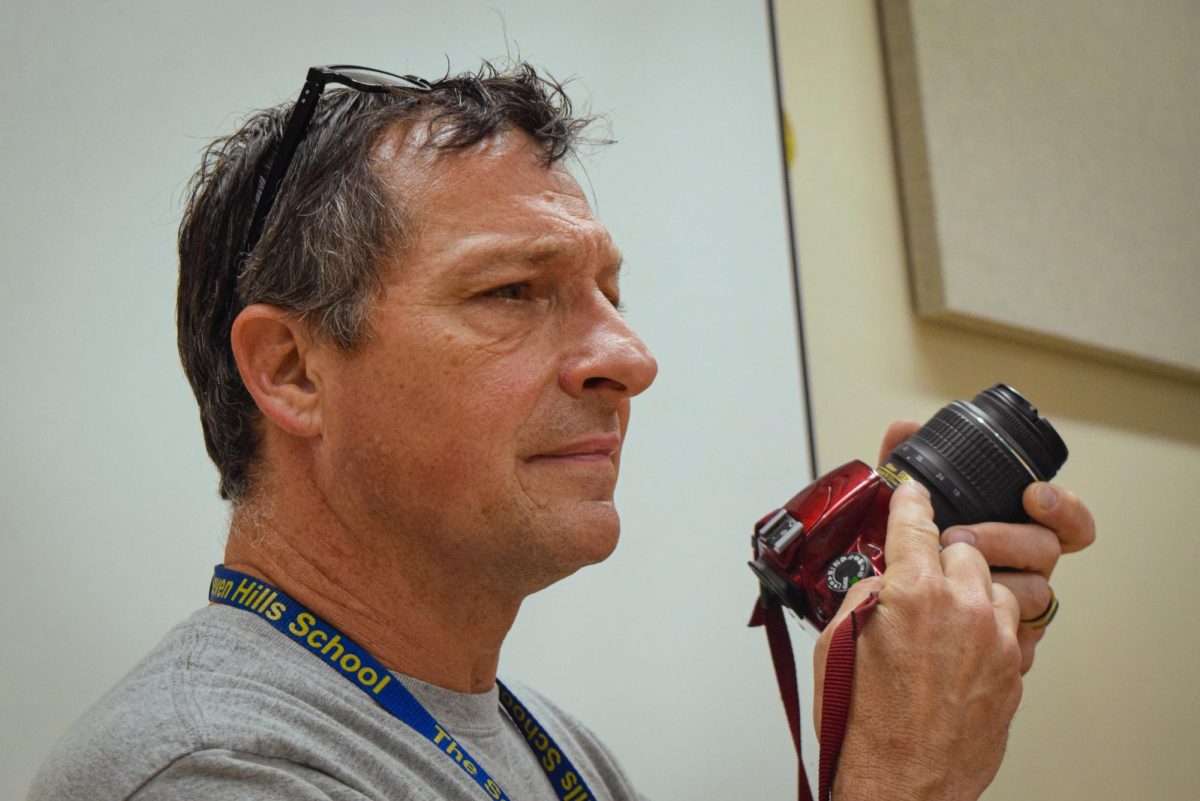With AI image generation and alteration on the rise, so is the desire for physical media. Many artists want a return to more reliable and unique methods of producing art that can’t be copied or altered as easily.
Before the ease of digital photography, taking and developing photos took skill and patience. Film photography involves taking pictures on light sensitive film, a material that is developed into a photo. This process takes place in what is called a darkroom.
Recently, students and teachers with an interest in photography have expressed a desire for a darkroom on campus. I spoke with art teacher Jason Knarr, who is also my dad. For the sake of this interview I spoke to him as a teacher not as a parent. I also spoke to senior Ian Rafalo on the subject of film photography and the need for a darkroom.
When asked about the benefits of film photography, Knarr said, “The artist has a unique piece, an individual piece. Every time the enlarger produces a second picture, it’s going to be slightly different depending on how dirty the chemicals are, the change in focus and if there is any modifying that happens during the enlarging process.”
I asked Rafalo why he feels the need to take pictures with film. He said, “You get different looks of the images with different films that you use. You can treat the process differently making prints.” As opposed to infinitely modifiable digital images, film is delicate and sensitive to light; during its development it cannot be exposed to light or the image will be ruined, thus the need for a specialized dark room.
While Knarr values the authenticity and originality of physical media, it seems the control given by film is what is valued by the younger generation. These insights reveal the versatility of film and its importance to several generations of artists.
When I asked Mr. Knarr how the art department can better support student photographers, he said: “The department’s doing all it can. The administration and the school could help with supplies and facilities… If there’s an interest, and the students demand, it’s certainly something that could be pushed and funds or facilities could be made available, but there should also be an interest.”
To follow up on this answer, I asked Knarr if there was a demand from the students. He said: “Absolutely, and I’ve had at least five students approach me without even knowing about the ability to use a dark room. Other schools like Walnut Hills still teach traditional photography for the same reasons because it has such a good basis in learning from a technique standpoint, from a process standpoint.”
According to Knarr, there is a demand for this kind of art. Both agree that lack of funding and facilities given to the art department is hampering student creativity and learning. While schools such as Walnut Hills have these resources, it appears Seven Hills does not.
Wondering if adding a darkroom to the school in future would be a smart long term investment, I asked Knarr and Ian about their outlooks for the future of film photography.
Knarr expressed his appreciation for photos that are trustworthy and original. He said: “There’s probably at some point going to be a demand for [unique images], even in photojournalism, now that images can be faked and deep fakes are so prevalent, even in photojournalism. And for a photographer to be able to produce the original negative, to say that this is the actual photograph that was taken and you know that it hasn’t been faked is important.”
However, when I asked Ian if he saw film photography staying relevant long into the future, he said,“No, but I think that it will always have some place, because I think, like any medium, people always find a way to use it to express themselves. But I don’t think it’ll be relevant in the next 30 years.”
While Knarr believes there is a future for film photography, Rafalo doubts its ability to continue to withstand time in a significant way. In a fast paced technological society, these differing views between generations on the subject of film photography show a deeper conversation about the future. Knarr values the uniqueness and individualism of film photography, showing an appreciation for traditional methods that connect artists to their art. These values reflect a generation that values craftsmanship and originality with each piece of art. To contrast this, Ian valuing the control and versatility of film shows the desire among our generation to explore and innovate established practices.
This not only shows the value of film photography but also explains the shared need for a darkroom, a space that would bring this art form to Seven Hills. By creating a darkroom in the DAC, Seven Hills can carry on the respect for traditional art methods and the willingness to adapt them with time, ensuring film photography stands the test of time.


